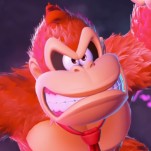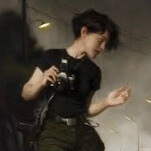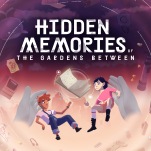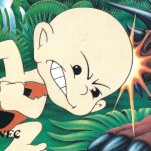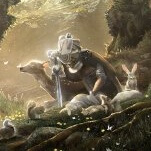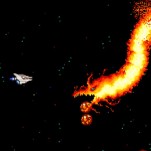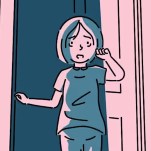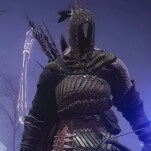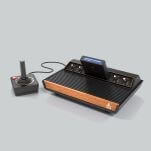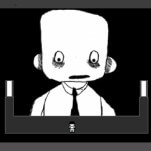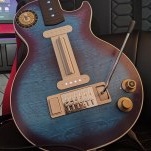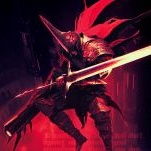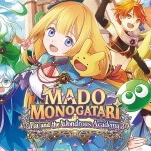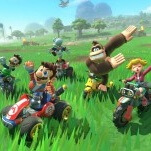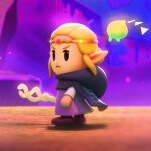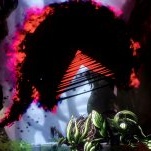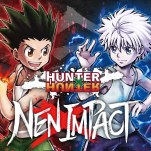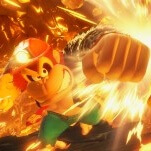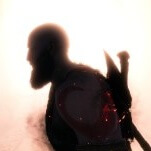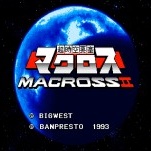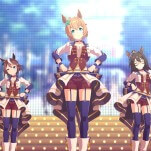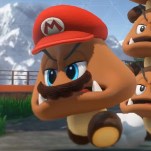Sorry, Donkey Kong Bananza, But Ocarina of Time Still Has the Best Music-Playing Mechanic
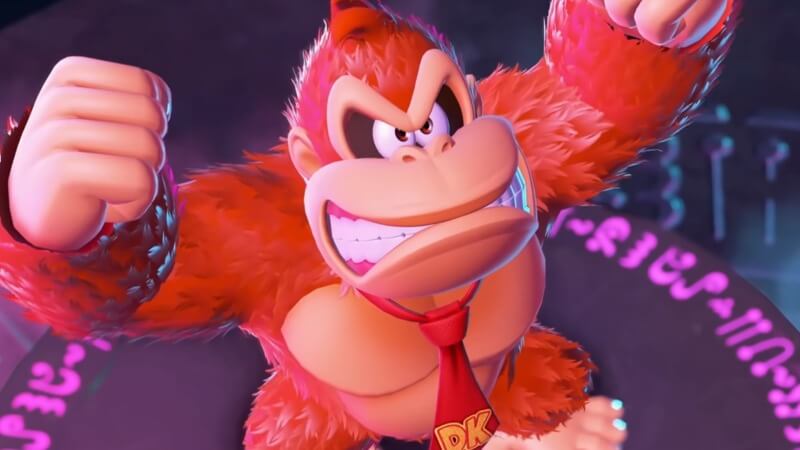
Donkey Kong Bananza is the latest in a long tradition of video games in which music is literally magical, the means by which the player unlocks new abilities. These unlocking sequences are some of the game’s most memorable. They involve Donkey Kong and his 13-year-old sidekick Pauline getting thrown in front of a crowd of people (well, technically, a crowd of anthropomorphic animals) who are expectantly waiting for the duo to perform a magical piece of music. Pauline’s singing voice has the power to bring out the music’s magic, but she also has a chronic case of stage fright, so it’s up to Donkey Kong to motivate her to perform; he does this by rhythmically beating his chest like a drum. In order to kick off this chest-beating, the player has to hold down the L and R shoulder buttons—but that’s it. After that, it’s just a cutscene of a concert.
I do love these cutscenes; the songs are fun to listen to, and Pauline’s larger journey towards overcoming her stage fright is adorable, even if it’s very straightforward. It’s extra-cute to watch DK be the one to snap her out of it every time by serving as “the drummer,” and I appreciate that the player gets to participate in that by instigating the moment that DK starts up the beat. But these sequences are such an important part of the game’s story and mechanics that it’s kind of surprising to me that the player is barely a part of them.
I wasn’t sure what was missing until I just so happened to start up a replay of The Legend of Zelda: Ocarina of Time, which may be one of the most innovative uses of magical music that I’ve ever seen in a video game. The same mechanic carries over in its direct sequel, Majora’s Mask, but subsequent Zelda games—even ones that feature Link playing an instrument—haven’t really matched this concept. And although I’ve played a lot of other games in which music has magical powers, very few of them have been as interactive, and therefore as magical-seeming, as Link’s ocarina.
Here’s how it works: relatively early on in Ocarina of Time, Link gets an ocarina that can only play a handful of notes. Specifically, it can play the notes D, F, A, B, and D again (up an octave). Link ends up learning twelve songs over the course of Ocarina of Time, and each of those songs has to begin with a melodic phrase that only uses those five notes; Link will play that opening phrase, and then the game’s orchestral score will come in and “complete” the rest of the song.
First of all, this reflects the masterful composition skills of Koji Kondo, who had to come up with melodies that were memorable and yet also distinctive. Somehow, even though all 12 of the ocarina’s songs must begin with melodies only using those five notes, they end up sounding so different from one another that the player is still able to remember them and distinguish the specific contexts in which they should appear. (For more on the music theory behind the songs’ composition, I recommend YouTuber Cadence Hira’s detailed analysis of each tune.)
-

-

-

-

-

-

-

-

-

-

-

-

-

-

-

-

-

-

-

-

-

-

-

-

-

-

-

-

-

-

-

-

-

-

-

-

-

-

-

-

